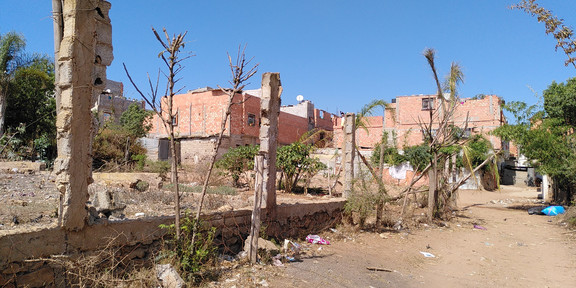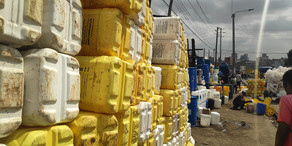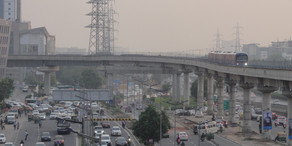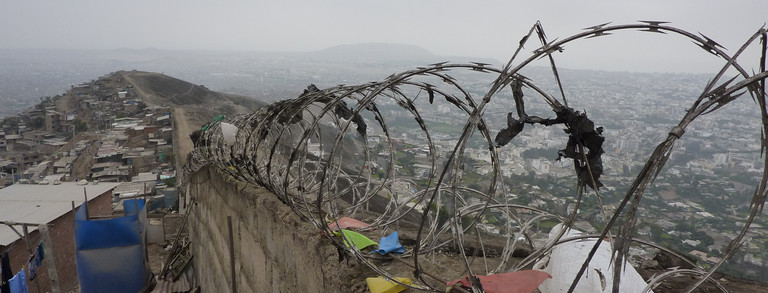Neuer Artikel von Raffael Beier erschienen
- Archiv
- Forschung
- Fachgebiet

Artikel
Beier, Raffael and Soufiane Chinig (2024) A biography of displacement: Living through Rabat-Salé’s postcolonial transformation. In Sonja Lakić, Patrícia Pereira, and Graça Índias Cordeiro (eds.) The Everydayness of Cities in Transition: Micro approaches to material and social dimensions of change. Springer, Cham, pp. 17-41.
Schlüsselwörter
Displacement/ Resettlement/ Eviction / Marginalization / Housing programs / social housing / Infromality / un-homing / Postcolonial urbanism / Urban renewal
Autor
Abstract
All her life, Rachida has fought for her place in Morocco’s capital and against the invisible but constantly intensifying centrifugal pressures that have made her move step-by-step further away from the booming center of Rabat to its working-class neighboring town Salé and further to the sandy streets of the periurban village Sidi Taibi. She reflects on an urban transformation that she regrets to have missed, a transformation that she does not refuse but rather appreciates, one that came with apartment houses, homeownership, and modern tramways, one that should have catered for a peaceful and secure urban future for her, yet one that moved her further and further away from her places of belonging. In this chapter, Rachida’s biography of displacement shows in an exemplary way the manifold violences of Rabat’s postcolonial capital building—from a popular destiny of rural-to-urban labor migration to Morocco’s shiny and exclusionary “capital of light”. It invites us to grasp an understanding of compelled housing aspirations and strategies, and the effects of diverse structural forces—ranging from precarious work to rising land prices and exclusionary urban politics—that tend to reproduce experiences of un-homing over time.
Den gesamten Artikel gibt es hier.







